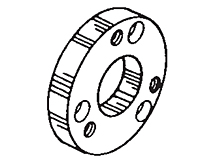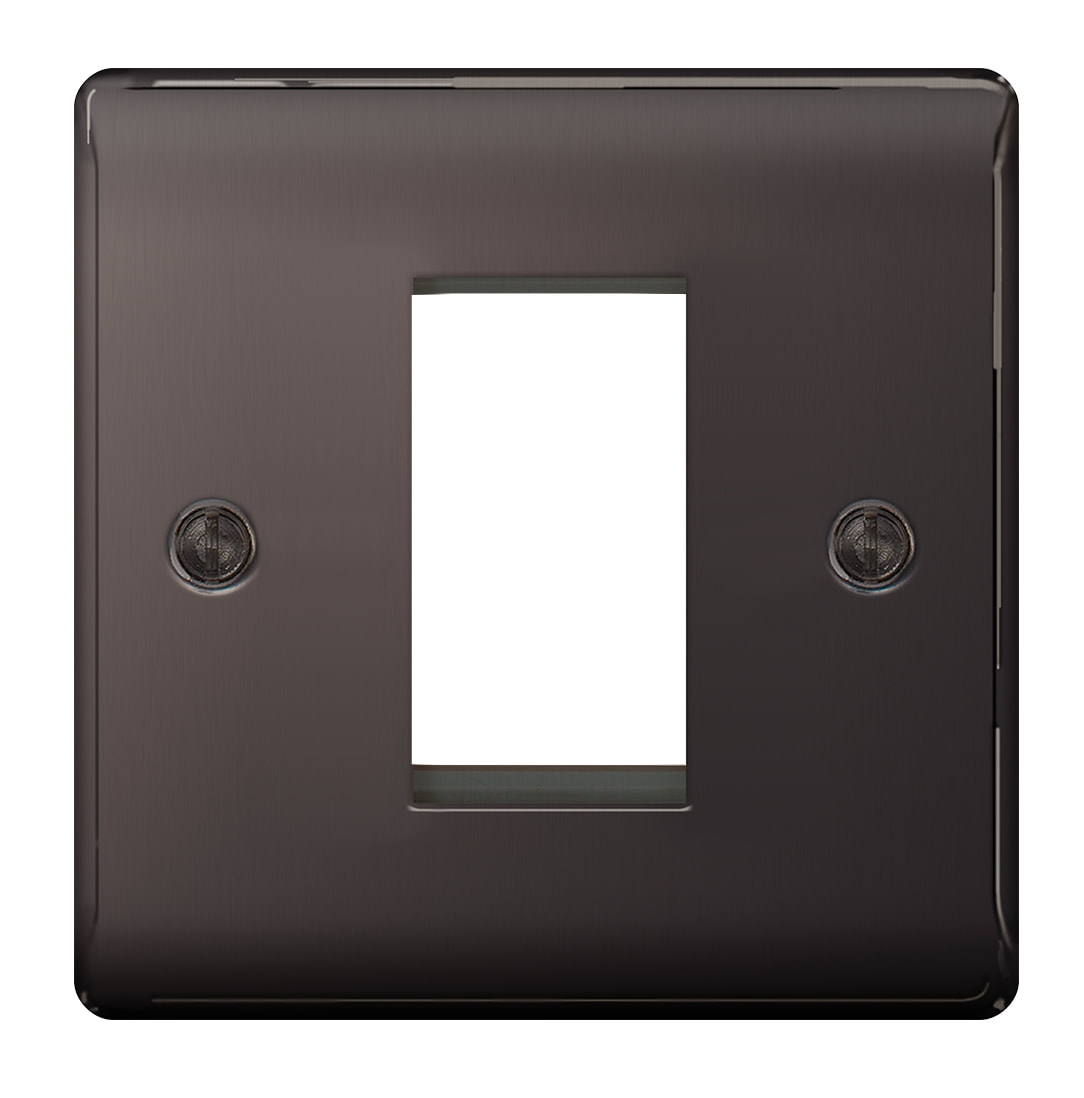
You can vary the angle anywhere between 0 and 90 degrees, so you or your installer can make the right adjustment to get the best performance from your room's layout and acoustics.

But it's not an either/or choice with the configuration of the tweeter. Crank the DPC knob 90 degrees, and the R-18i becomes a full-fledged (and great-sounding) bipolar speaker.
#BG RADIA ROUND FACEPLATES DRIVER#
With the driver firing forward, the R-18i functions as a standard (and great-sounding) direct-radiating speaker. That's the all-too-common situation the R-18i's pivoting planar-ribbon driver addresses. You become totally dispirited when you realize your room isn't ideally suited for either setup. Then you spy a Dolby Digital logo, and your left brain tells you there's nothing better for pinpoint accuracy than a direct radiator. (Just such an argument was what got Archduke Ferdinand killed, thus precipitating World War I.) In your THX-approved moments, your right brain tells you to use dipolar speakers for the surrounds to get that warm-and-fuzzy diffuse soundfield. Let's say you're the type of person who enjoys arguing the merits and demerits of bipolar versus direct-radiating surround-channel speakers. (It's so unusual, in fact, that BG has a patent on it.) I think the benefit is tremendous. It's quite an unusual arrangement, especially with a planar driver.

Unlike the Neo3PDR tweeter in the R-17i, the R-18i's Neo8PDR wide-band planar-ribbon driver is mounted so that it can pivot on its vertical axis using the Directivity Pattern Control (DPC) knob on the top of the speaker. The two-way design includes a single 4-inch woofer accompanied by one 4-inch passive radiator. The R-18i speaker shares the same dimensions, but the driver complement is different. At that size, it's not the most diminutive on-wall speaker you can find today, but the size works well aesthetically with all but the smallest flat-panel displays. The speaker's a little over 2 feet tall, 8.4 inches wide, and 4.6 inches deep. (I'll have more about that in a bit.) The R-17i starts with a 2.5-by-3.5-inch Neo3PDR planar-ribbon tweeter and flanks it with a pair of 4-inch woofers and a pair of 4-inch passive radiators. Imagine a sound in which there are minimal reflections off the ceiling and floor-the kind that can confuse your brain's sonic "meatware" processor and destroy the illusion of depth and placement.Īlthough both the R-17i and R-18i on-walls use BG planar-ribbon drivers, the R-18i's is especially unconventional. The drivers' flat shape causes sound to radiate forward into the listening area and less up or down. The best planar speakers produce sound that is light, airy, and all the other adjectives you use when you want to say a speaker's sound detail and imaging are kick-butt.
#BG RADIA ROUND FACEPLATES DRIVERS#
Whereas previous planar drivers were typically limited in output volume and frequency range, BG's designs compete very well with traditional high-frequency transducers. Planar-ribbon drivers reproduce high and some midrange frequencies by rapidly moving a thin, very light ribbon of material with attached conductors using small but very powerful magnets. You'll find a version of this driver in both the R-17i (LCR) and the R-18i (surround) on-wall speakers that BG sent my way, along with a BG 210i subwoofer, for this review.īG developed the initial design for their planar magnetic-ribbon drivers in the early 1990s. The use of planar-ribbon drivers for mid- and high-frequency reproduction is the BG speakers' primary not-like-the-others feature. But, other than a select few, no one knows about this engineering émigré working assiduously behind the scenes. Although this imaginary vodka-infused conversation might get a little fuzzy and slurred, nothing but clarity comes from BG's planar-ribbon drivers-and much of that is due to Levitsky's refinements and innovations. I can easily envision myself sitting down and slamming vodka shots with him while discussing the merits of planar-ribbon-driver technology.

He's an extremely likeable, highly focused guy. One way is due to the company's VP of engineering, Igor Levitsky. Differentiation is definitely different now-it's a heck of a lot harder to do.īG sets their speakers apart in a couple of ways. They're everywhere, including in some HTIB systems. (Imagine that.) But on-wall speakers are no longer unusual. In some cases, these speakers were even voiced to sound their best when mounted on a wall. They were slim, contemporary in style, and loosely matched the flatness of plasma TVs, plus, until recently, only a handful were on the market. Maybe I should say, "thingamajig." On-wall speakers used to stand out from the crowd by their ability not to stand out. "Unique element of differentiation" is too clinical but more on the mark. "Gimmick" is too harsh of a word, really.

To stand out from the crowd, a speaker (or any product) needs to have a gimmick. Hang a blue ribbon on the wall for these planar-driver speakers.


 0 kommentar(er)
0 kommentar(er)
